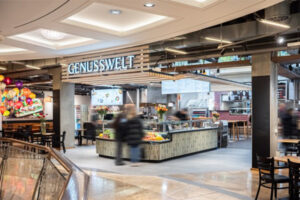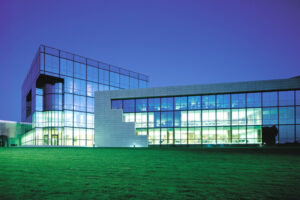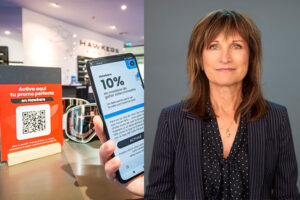ACROSS: Part of your brand strategy is to continue to grow with the retail brands STOP SHOP and VIVO! in Europe. What advantages are there to marketing retail properties under a uniform umbrella brand?
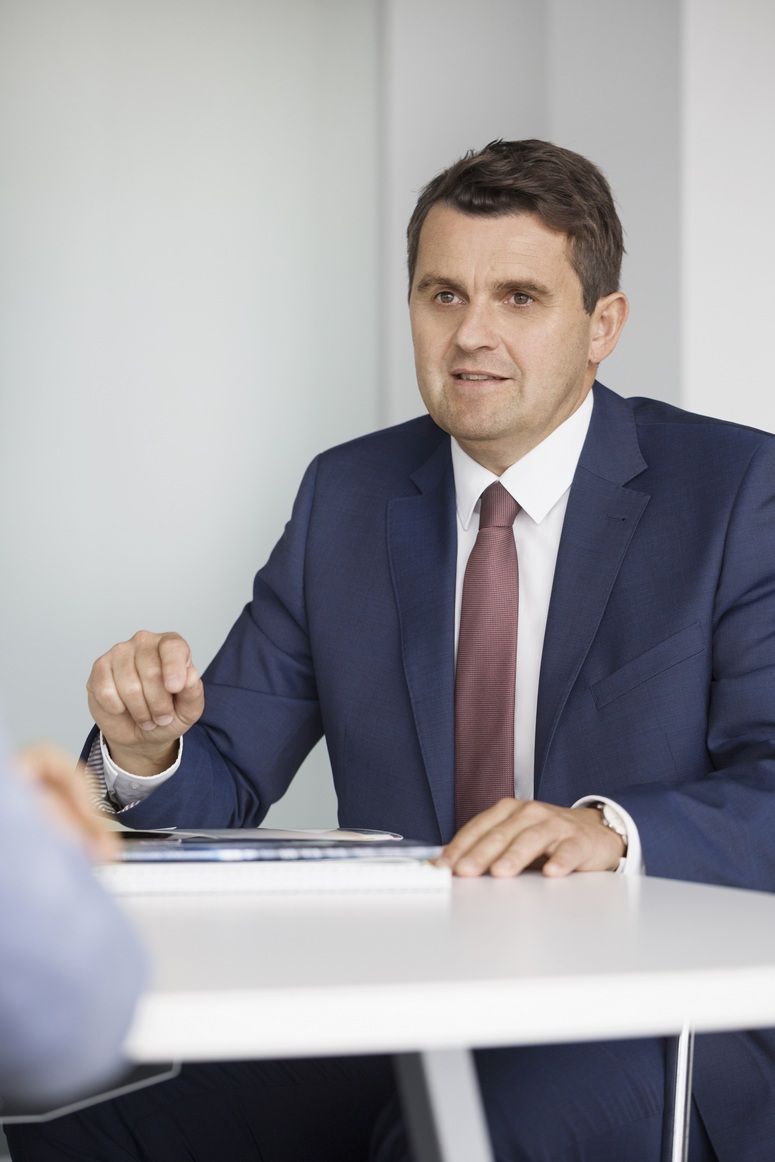
Dietmar Reindl: Our brand provides our customers with a sense of security and confidence in its quality.
This begins with a partner who accompanies the tenant throughout, continues with standard leases and services, and extends to the quality and attractiveness of the building, facility management, and resource exploitation.
A holistically coordinated appearance also guarantees high recognition value. Our tenants can rely on these IMMOFINANZ standards in all our markets. They can grow rapidly in several countries with our brand concept.
For IMMOFINANZ, this brand policy means a competitive advantage because of the high degree of standardization, which allows us to expand rapidly and save on costs. Rather than develop many individual concepts, we roll out a uniform concept with high recognition value.
ACROSS: In the fourth quarter of 2017, you want to open a VIVO! shopping mall in Krosno, Poland. What makes Krosno so interesting as a VIVO! location and how are the talks with potential tenants going?
Reindl: Medium-sized cities like Krosno are ideal for our VIVO! shopping centers because of their locations and catchment areas. The hitherto limited retail offer in the city and the very favorable location for the VIVO! center played a central role in our decision to locate in Krosno.
Our goal is to ensure an optimal tenant mix of international, national, and local brands. And we have been very successful: Among others, we already have on board MediaMarkt, H&M, Helios Cinema, Home&You, Martes Sport, CCC, and the four LPP Fashion Brands RESERVED, House, CROPP, and SiNSAY.
ACROSS: How many VIVO centers do you want to open in the next few years? Where exactly?
Reindl: In addition to developing new VIVO! centers like that in Krosno, we are rolling out the VIVO! brand to existing shopping centers in our portfolio in the four countries Poland, Romania, the Czech Republic, and Slovakia.
The restructuring process on our four shopping centers in Romania has been completed, turning, for example, Maritimo Shopping Center Constanta into VIVO! Constanta. The rebranding our shopping center Park Hostivař is currently underway in Prague. It is now called VIVO! Hostivař.
Regarding further expansion, we constantly carry out analyses in our core markets. I can well imagine that our portfolio could grow every year by an average of one VIVO! shopping center.
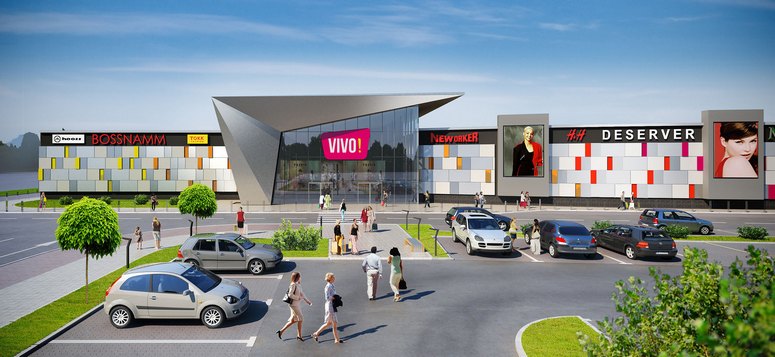
ACROSS: You purchased eight more locations for your STOP SHOP retail parks in Slovakia and Hungary in November. The chain is set to continue to grow. Where and how?
Reindl: Yes, we’re committed to rapid growth for our STOP SHOPs. This will be accomplished both via development projects and acquisitions. We completed and opened three fully-let sites in Poland and Serbia in the second half of 2016. We have also acquired nine STOP SHOPs in Slovakia, Hungary, and Romania. That also marks our market entry into Romania.
In the area of project development, we are currently working on three other locations in Serbia and two in Poland, all of which are due to be completed by the end of 2017. We are also preparing a development in Romania. As you can see: We are rapidly approaching our goal of increasing the number of STOP SHOPs to over 100 in the next few years. We will then clearly be the leading retail park operator in the CEE region.
Our STOP SHOPs are virtually fully leased and the concept is also increasingly in demand from retailers who traditionally established themselves in malls or shopping streets. They have realized that, with comparatively low rents and good quality, they can very quickly reach significant market coverage with this product.
ACROSS: What are the benefits of acquiring and operating retail parks in contrast to shopping centers in terms of corporate strategy?
Reindl: Our STOP SHOPs are a standardized product, which enables us to grow rapidly and inexpensively. The total investment cost per site is very easily understood from the developer point of view, the construction period is less than one year, and the sites are fully leased at opening, even as the relatively cheaper rents attract new retailers.
Unlike large shopping malls, our STOP SHOPs serve as practical local suppliers with a catchment area of 30,000–150,000 residents and offer a wide range of goods at an attractive price-performance ratio.
With their transport-convenient locations and extensive parking, they appeal to budget-conscious “smart shoppers,” who appreciate convenient accessibility. There is also virtually no overlap with online retailing.
ACROSS: In Austria and other European countries, retail parks can be found at practically every roundabout. In which countries do you think demand for retail parks is particularly high?
Reindl: We see strong demand in Central and Eastern Europe, where there are still some white spots on the map, especially in southern and southeastern Poland and in Romania. We will also continue our rapid growth in Serbia and are aiming to add 10 additional locations in the next couple years. In principle, our STOP SHOP concept is suitable for every country. I therefore cannot rule out expanding into new countries if the possibility presents itself.
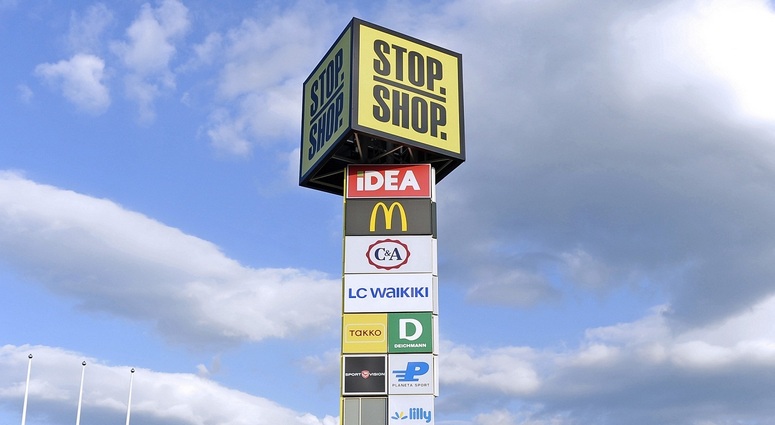
ACROSS: You generally focus on portfolio optimization. Late last year, IMMOFINANZ sold fragmented Austrian retail properties amounting to 88 objects and a total area of 108,000 sq m. Why was there no more room in your portfolio for that package?
Reindl: The properties sold formed a complex and fragmented special portfolio that is tailored to the needs of a major tenant. The sale represents another step in our portfolio optimization and in increasing our portfolio efficiency. To illustrate: The transaction reduces the number of our retail properties in Austria by almost 90% to 13 objects, but has more than tripled the average area to around 6,250 sq m.
ACROSS: The plans for IMMOFINANZ and CA Immo to merge are dependent, among other things, on the sale of your five shopping centers in Russia, but the sale is turning out to be anything but easy. What problems are you facing in the sales process and how do you plan to proceed?
Reindl: That’s not entirely true. Yes, we want to sell or hive off our Russian portfolio, which is subject to different market dynamics and a higher risk profile, before the planned merger. We are not facing problems with it, however. We just decided towards the end of 2016 that we want to take a little longer than originally planned to carry out the separation. The current stabilization of economic conditions contributed to that decision.
In addition, we have made intensive use of the last few quarters to adapt our five shopping centers to the market environment. We have used an experienced local management team and have formed an alliance with ECE for our Rostokino shopping center. In parallel, we have developed concepts for the future of the shopping center in order to secure its long-term positioning in the market.
All these measures have been effective, as can be seen in the development of the occupancy rate. This rose to around 90% in the second half of 2016 from approximately 81% previously. This is a great success in a difficult market environment. The new large tenants include the international toy seller Hamley’s, which will take up almost 5,000 sq m in Rostokino.
As announced, we will initiate a structured bidding process in 2017 after we have finalized all preparations. In general, we are seeing very good interest in our five shopping centers. The transaction will be closed by the end of this year in any case.
